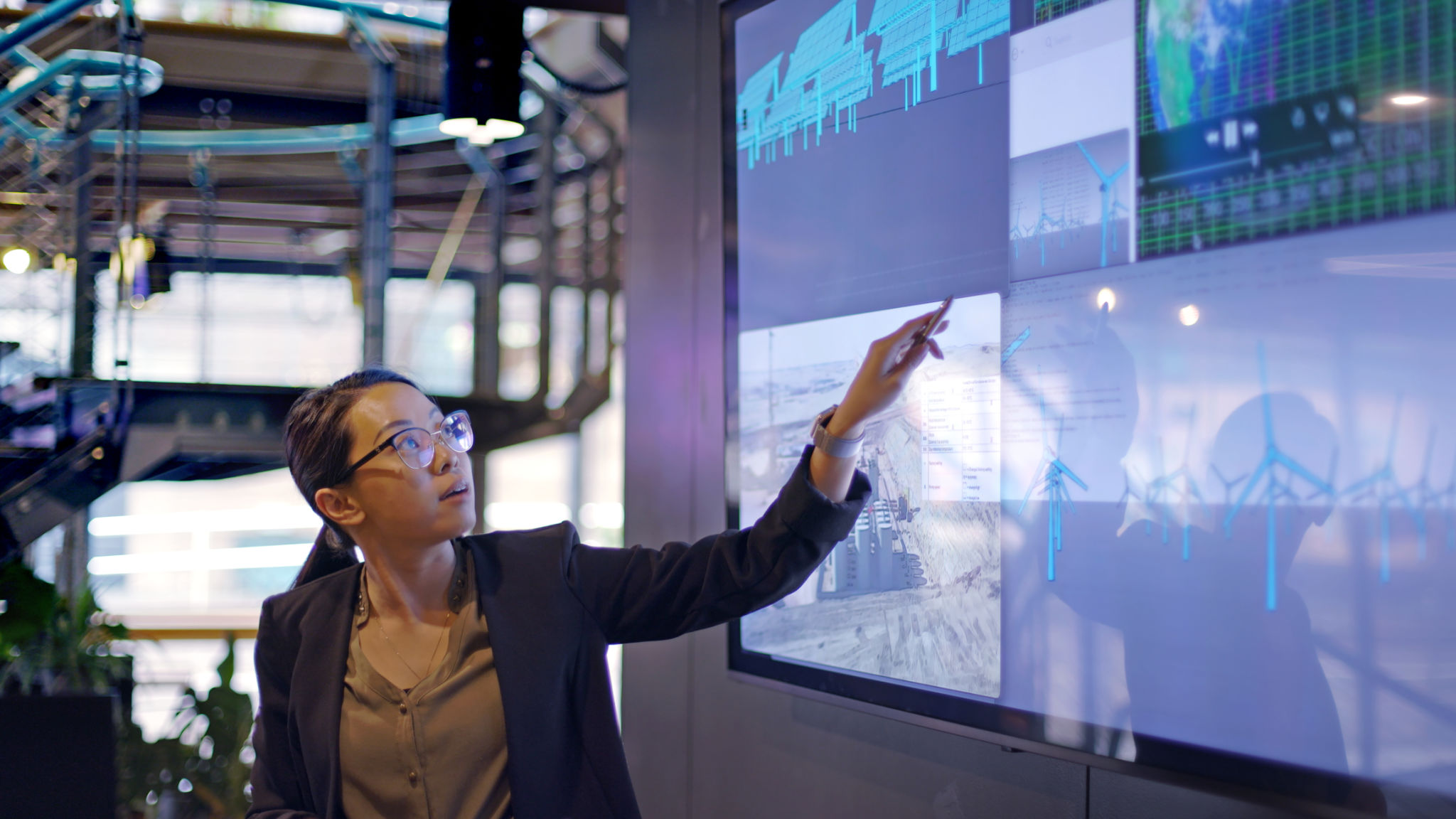How AI is Revolutionizing Environmental Impact Assessments
Introduction to AI in Environmental Impact Assessments
Artificial Intelligence (AI) is increasingly being integrated into various sectors, and environmental impact assessments (EIAs) are no exception. AI technologies are transforming how these assessments are conducted, offering innovative solutions to age-old challenges. By leveraging AI, we can achieve faster, more accurate, and comprehensive evaluations of environmental impacts.
Traditionally, EIAs have been a time-consuming and labor-intensive process, requiring extensive data collection and analysis. However, AI's ability to process large volumes of data quickly and efficiently is revolutionizing this field. As a result, stakeholders can make more informed decisions that benefit both the environment and development projects.

Enhancing Data Collection and Analysis
One of the primary ways AI is revolutionizing EIAs is through enhanced data collection and analysis capabilities. AI-powered tools can automatically gather data from various sources, such as satellite imagery, sensors, and historical records. This vast amount of data provides a comprehensive view of environmental conditions before a project begins.
Moreover, AI algorithms can analyze this data to identify patterns and trends that may not be immediately apparent to human analysts. This level of insight allows for more accurate predictions of potential environmental impacts, ensuring that mitigation strategies are both effective and efficient.
Satellite Imagery and Remote Sensing
AI's ability to process satellite imagery and remote sensing data is particularly valuable in EIAs. These technologies can monitor changes in land use, vegetation cover, and water bodies over time. With AI, these images are analyzed in real-time, providing up-to-date information on environmental conditions.

Streamlining Regulatory Compliance
Another significant advantage of AI in EIAs is the streamlining of regulatory compliance. AI tools can automatically check compliance with environmental regulations and standards by cross-referencing assessment data with legal requirements. This automation not only saves time but also reduces the risk of non-compliance, which can lead to costly delays or penalties for development projects.
By ensuring that projects meet all necessary environmental standards from the outset, AI helps protect ecosystems while facilitating economic development. This balance is crucial for sustainable growth in an increasingly environmentally conscious world.
Predictive Modeling for Better Decision-Making
Predictive modeling is another area where AI shines in EIAs. AI models can simulate various scenarios to predict the potential outcomes of different project plans. This capability allows developers to choose the most environmentally friendly and sustainable options early in the planning stages.

Improving Stakeholder Engagement
AI also plays a role in improving stakeholder engagement during the EIA process. Interactive platforms powered by AI can present complex data in an accessible format, making it easier for stakeholders to understand potential impacts. These platforms often include visualization tools that illustrate how a project may affect the environment over time.
This enhanced understanding helps stakeholders make more informed contributions to the assessment process, fostering collaboration and consensus among developers, regulators, and communities.
The Future of AI in Environmental Impact Assessments
Looking ahead, the role of AI in EIAs is expected to grow even further. As technology advances, AI-driven tools will become more sophisticated, offering even greater accuracy and efficiency in environmental assessments. This evolution will continue to support sustainable development by ensuring that projects minimize their environmental footprint.
The integration of AI in EIAs represents a significant step forward in our ability to protect the environment while pursuing economic growth. By embracing these technological advancements, we can create a future where development and sustainability go hand in hand.
